Home>Garden Essentials>What Temperature Does Grass Germinate At?
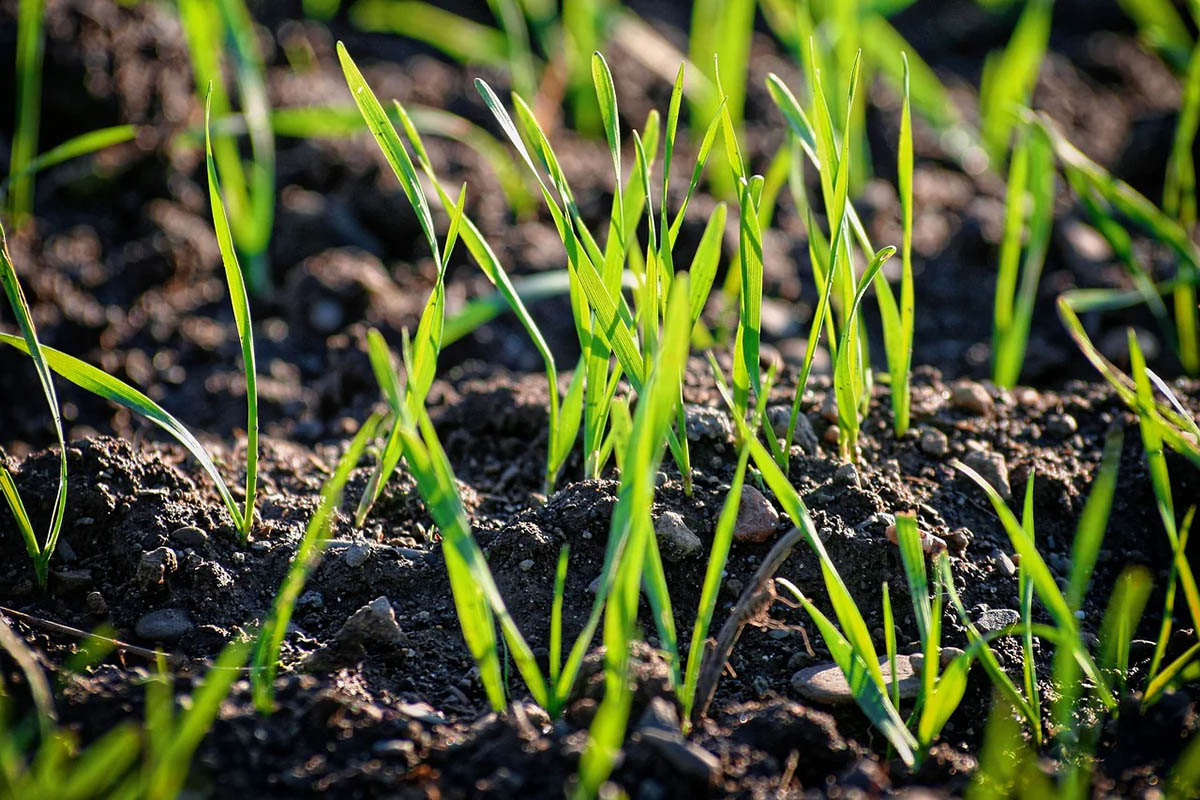

Garden Essentials
What Temperature Does Grass Germinate At?
Modified: March 24, 2024
Discover the optimum temperature for grass germination in your garden and ensure successful growth. Learn what temp your grass seeds need to thrive.
(Many of the links in this article redirect to a specific reviewed product. Your purchase of these products through affiliate links helps to generate commission for Storables.com, at no extra cost. Learn more)
Introduction
Grass is a vital component of any garden or landscape, providing a lush and green carpet that adds beauty and functionality to the outdoor space. Whether you’re starting a new lawn or overseeding an existing one, understanding the germination process is crucial to achieving successful results.
Germination is the process of a seed transforming into a plant. It involves the activation of the seed’s internal mechanisms, such as the absorption of water and the initiation of cellular growth. For grass seeds, several factors come into play to ensure successful germination, including temperature, moisture, and soil conditions.
In this article, we will focus on understanding the role of temperature in grass germination. We will explore the optimum soil temperature for germination, how different grass species react to temperature variations, and provide some practical tips for ensuring successful grass germination.
So, let’s dive into the world of grass germination and uncover the secrets to cultivating a vibrant and healthy lawn.
Key Takeaways:
- Grass germination success depends on temperature, moisture, soil, and seed quality. Cool-season grasses prefer cooler temperatures, while warm-season grasses thrive in warmer climates. Understanding these preferences is key to a lush lawn.
- To ensure successful grass germination, prepare the soil, choose high-quality seeds, sow at the correct depth, water properly, provide adequate sunlight, control weeds, and practice proper fertilization and maintenance techniques. Patience and care will yield a beautiful lawn.
Read more: What Temperature Does Grass Seed Germinate
Factors Affecting Grass Germination
Grass germination is a complex process influenced by various factors. Understanding these factors can help gardeners create optimal conditions for successful germination. Let’s take a closer look at some key factors affecting grass germination:
1. Temperature: Temperature plays a significant role in the germination process. Grass seeds have specific temperature ranges in which they germinate best. If the temperature is too low, germination may be delayed or even halted. On the other hand, if the temperature is too high, it can adversely affect seed viability. Finding the right balance is essential for successful grass germination.
2. Moisture: Adequate moisture is necessary for grass seed germination. Seeds need consistent moisture to stay hydrated and initiate growth. Dry conditions can lead to seed dormancy, hindering germination. Conversely, excessive moisture can cause rotting or encourage fungal diseases. It is crucial to maintain proper moisture levels throughout the germination period.
3. Light Exposure: Most grass seeds benefit from exposure to light during germination. However, some species, particularly fine fescues, prefer darkness. Understanding the light requirements of the specific grass species you are working with is essential.
4. Soil Conditions: The quality and condition of the soil are important for successful germination. Loose, well-aerated soil promotes root development and nutrient absorption, facilitating healthy seedling growth. Soil that is too compacted or contains excessive rocks, debris, or weed seeds can hinder germination.
5. Seed Depth: Planting grass seeds at the correct depth is crucial for germination. As a general rule, smaller seeds require shallower planting depths, while larger seeds can be buried deeper. Planting too shallow can expose the seeds to harsh conditions, while planting too deep can inhibit germination.
6. Seed Quality: The quality of the grass seeds used also affects germination success. Using fresh, high-quality seeds ensures better viability and germination rates. It is essential to purchase seeds from reputable sources and store them properly to maintain their quality.
By understanding and optimizing these factors, gardeners can create favorable conditions for grass seed germination. The next section will delve into the optimum soil temperature required for successful germination of different grass species.
Optimum Soil Temperature for Grass Germination
Soil temperature plays a crucial role in the germination process of grass seeds. Different grass species have varying temperature requirements for optimal germination. Understanding these temperature preferences is key to maximizing germination success. Let’s explore the optimum soil temperature for grass germination:
Cool-Season Grasses: Cool-season grasses, such as Kentucky bluegrass, perennial ryegrass, and tall fescue, prefer cooler temperatures for germination. The ideal soil temperature range for these grasses is typically between 50°F (10°C) and 65°F (18°C). However, specific species within the cool-season grass category may have slightly different temperature preferences.
Warm-Season Grasses: Warm-season grasses, like Bermuda grass, Zoysia grass, and centipede grass, have different temperature requirements compared to cool-season grasses. They thrive in warmer climates and prefer soil temperatures between 65°F (18°C) and 75°F (24°C) for optimal germination. Some warm-season grasses, such as Bahiagrass, can tolerate slightly lower temperatures as well.
It is important to note that these temperature ranges are guidelines, and individual grass species within each category may have specific preferences. Checking with local gardening resources or seed suppliers can provide more precise information on optimal soil temperatures for specific grass varieties in your area.
Maintaining consistent soil temperature throughout the germination period is crucial. This can be achieved by monitoring the soil temperature with a soil thermometer and adjusting planting times accordingly. For cool-season grasses, early spring or late summer/early fall planting is typically recommended, as soil temperatures tend to be within the optimal range during these periods. Warm-season grasses, on the other hand, are best planted in late spring or early summer, when soil temperatures have warmed up adequately.
It’s important not to rush the planting process if the soil temperature is not within the optimum range. Planting seeds in soil that is too cold or too warm can significantly impact germination rates and overall success. Patience and timing are key when it comes to grass seed germination.
In the following sections, let’s take a closer look at specific grass species within the cool-season and warm-season categories and their germination temperature preferences.
Cool-Season Grasses and Their Germination Temperature
Cool-season grasses are popular for their ability to thrive in regions with colder climates. These grasses are known for their ability to withstand frost and continue growing during cool temperatures. Let’s explore some common cool-season grasses and their germination temperature preferences:
1. Kentucky Bluegrass (Poa pratensis): Kentucky bluegrass is a popular cool-season grass known for its fine texture and lush, green appearance. It prefers soil temperatures between 59°F (15°C) and 86°F (30°C) for germination. However, the optimal range for successful germination is between 59°F (15°C) and 70°F (21°C). Kentucky bluegrass seeds typically germinate within 10 to 21 days under ideal conditions.
2. Perennial Ryegrass (Lolium perenne): Perennial ryegrass is another cool-season grass commonly used for lawns, sports fields, and erosion control. It has a rapid germination rate and prefers soil temperatures between 50°F (10°C) and 77°F (25°C). The optimal range for successful germination is between 59°F (15°C) and 68°F (20°C). Perennial ryegrass seeds typically germinate within 5 to 10 days under ideal conditions.
3. Tall Fescue (Festuca arundinacea): Tall fescue is a versatile cool-season grass known for its ability to withstand drought and foot traffic. It prefers soil temperatures between 50°F (10°C) and 77°F (25°C) for germination. The optimal temperature range for successful germination is between 59°F (15°C) and 70°F (21°C). Tall fescue seeds usually germinate within 7 to 14 days under ideal conditions.
These are just a few examples of cool-season grasses and their germination temperature preferences. It is important to note that individual varieties and cultivars within each grass species may have slightly different temperature requirements. Therefore, it is always recommended to refer to seed packaging or consult with local gardening resources for precise information on the germination temperature preferences of specific grass varieties.
Creating the ideal growing conditions by planting cool-season grass seeds within the optimal temperature range ensures better germination rates and overall success. In the next section, we will delve into warm-season grasses and their germination temperature preferences.
Grass typically germinates best when the soil temperature is between 50-65°F (10-18°C). Use a soil thermometer to check the temperature before planting grass seeds.
Warm-Season Grasses and Their Germination Temperature
Warm-season grasses are well-suited for regions with hot summers and milder winters. These grasses thrive in warmer temperatures and exhibit excellent tolerance to drought, making them popular choices for lawns in warmer climates. Let’s explore some common warm-season grasses and their germination temperature preferences:
1. Bermuda Grass (Cynodon dactylon): Bermuda grass is a popular warm-season grass known for its excellent heat and drought tolerance. It prefers soil temperatures between 70°F (21°C) and 90°F (32°C) for germination. The optimal temperature range for successful germination is between 77°F (25°C) and 90°F (32°C). Bermuda grass seeds typically germinate within 7 to 14 days under favorable conditions.
2. Zoysia Grass (Zoysia spp.): Zoysia grass is a dense, carpet-like warm-season grass that exhibits good tolerance to heat, drought, and foot traffic. It prefers soil temperatures between 70°F (21°C) and 90°F (32°C) for germination. The optimal temperature range for successful germination is between 77°F (25°C) and 86°F (30°C). Zoysia grass seeds typically germinate within 10 to 21 days under ideal conditions.
3. Centipede Grass (Eremochloa ophiuroides): Centipede grass is a low-maintenance warm-season grass known for its ability to tolerate acidic and low-nutrient soils. It prefers soil temperatures between 70°F (21°C) and 90°F (32°C) for germination. The optimal temperature range for successful germination is between 77°F (25°C) and 86°F (30°C). Centipede grass seeds typically germinate within 14 to 21 days under ideal conditions.
These are just a few examples of warm-season grasses and their germination temperature preferences. It is important to note that different varieties and cultivars within each grass species may have slightly different temperature requirements. Therefore, it is always recommended to refer to seed packaging or consult with local gardening resources for precise information on the germination temperature preferences of specific grass varieties.
When working with warm-season grasses, it is vital to plant the seeds when the soil temperature is within the optimal range for germination. Warm-season grasses thrive in warm summer temperatures, so planting them in late spring or early summer ensures that the soil has warmed sufficiently for successful germination.
By understanding the germination temperature preferences of warm-season grasses, gardeners can create favorable conditions to maximize germination rates and establish healthy, vibrant lawns. In the next section, we will discuss the germination timeframe for different grass species.
Read more: What Temperature Does Corn Germinate
Germination Timeframe for Different Grass Species
The germination timeframe for different grass species can vary significantly. Factors such as seed size, environmental conditions, and grass species’ characteristics influence the time it takes for seeds to sprout and establish into healthy seedlings. Let’s explore the general germination timeframes for some common grass species:
Cool-Season Grasses:
– Kentucky Bluegrass: Kentucky bluegrass typically takes about 10 to 21 days to germinate.
– Perennial Ryegrass: Perennial ryegrass has a quicker germination rate, usually taking about 5 to 10 days.
– Tall Fescue: Tall fescue generally takes around 7 to 14 days to germinate.
Warm-Season Grasses:
– Bermuda Grass: Bermuda grass typically germinates within 7 to 14 days under favorable conditions.
– Zoysia Grass: Zoysia grass may take slightly longer to germinate, usually within 10 to 21 days.
– Centipede Grass: Centipede grass generally has a germination timeframe of 14 to 21 days.
It’s important to note that these timeframes are approximate and can vary depending on various factors, including temperature, moisture, soil conditions, and seed quality. Warmer temperatures often result in faster germination rates, while cooler temperatures may extend the germination process.
Patience is key when waiting for grass seeds to germinate. It’s crucial not to disrupt the soil or water excessively during this period, as it can hinder the germination process. Maintaining consistent moisture levels and providing appropriate care, such as regular watering and proper fertilization, can support healthy seedling development.
When planning for a new lawn or overseeding, it’s essential to consider these germination timeframes and factor them into your timeline. Understanding the expected germination timeframe can help you monitor progress, adjust care practices as needed, and have realistic expectations for when you can expect a fully established lawn.
In the next section, we will provide some practical tips for ensuring successful grass germination, regardless of the grass species you are working with.
Tips for Successful Grass Germination
Achieving successful grass germination requires careful planning and proper implementation of essential techniques. Follow these tips to create optimal conditions for the germination and establishment of a healthy, vibrant lawn:
1. Prepare the Soil: Before seeding, prepare the soil by removing any debris, rocks, or existing vegetation. Loosen the soil using a rake or a tiller to a depth of about 4 to 6 inches. This promotes good seed-to-soil contact and allows for better root penetration.
2. Test and Amend the Soil: Conduct a soil test to determine its pH level and nutrient content. Grass seed germinates best in slightly acidic soil with a pH level around 6 to 7. If the pH is too high or too low, amend the soil accordingly by adding lime to raise the pH or sulfur to lower it. Additionally, consider adding organic matter or compost to improve soil structure and fertility.
3. Choose High-Quality Seeds: Select high-quality grass seeds that are suitable for your specific region and intended use. Look for certified seeds that have high germination rates and are free from weed seeds or other contaminants. It’s also essential to choose the right grass species and cultivar that matches your climate, soil type, and desired lawn characteristics.
4. Sow at the Correct Depth: Follow the recommended sowing depth for the grass seeds you are using. In general, smaller seeds should be sown shallowly, while larger seeds can be sown slightly deeper. Aim for uniform seed distribution by using a broadcast spreader or a hand spreader.
5. Water Properly: After seeding, keep the soil consistently moist but not saturated. Water lightly and frequently, preferably two to three times a day, to ensure the seeds remain hydrated. Avoid overwatering, as it can lead to seed displacement or fungal diseases. Once the grass seedlings have emerged, gradually reduce watering frequency and increase the amount of water applied to encourage deeper root growth.
6. Provide Adequate Sunlight: Most grass species thrive in areas with at least 6 to 8 hours of direct sunlight per day. Ensure that the seeded area receives sufficient sunlight for healthy seedling growth. If there are areas with partial shade, choose grass species that are tolerant of shade or consider implementing strategies to increase sunlight exposure, such as tree pruning or selective clearing.
7. Monitor and Control Weeds: Keep a close eye on the seeded area and address any weed issues promptly. Weeds can compete with emerging grass seedlings for water, sunlight, and nutrients. Use appropriate weed control measures, such as hand-pulling or applying pre-emergent herbicides, while being cautious not to harm the newly germinating grass.
8. Avoid Foot Traffic: Minimize foot traffic on the newly seeded area until the grass seedlings have established and grown to a sufficient height. Excessive foot traffic can compact the soil and damage delicate seedlings, hindering their growth and development.
9. Follow Proper Fertilization Practices: After grass seedlings have germinated and become established, follow a regular fertilization schedule based on soil test recommendations and the specific fertilizer requirements of the grass species. Avoid applying excessive amounts of fertilizer, as it can burn the young seedlings and lead to uneven growth.
10. Practice Mowing and Maintenance: Once the grass seedlings have grown to an appropriate height, begin mowing using a sharp mower blade. Follow the recommended mowing height for your specific grass species to encourage healthy root development and discourage weed growth. Maintain regular watering, mowing, and other maintenance practices to establish a strong, resilient lawn.
By implementing these tips, you can enhance the chances of successful grass germination and establish a lush, healthy lawn. Remember to refer to specific grass species guidelines and adjust your care practices as needed. With patience, proper care, and attention to detail, you’ll be rewarded with a beautiful and thriving lawn.
Conclusion
Understanding the factors that affect grass germination and implementing the right techniques are crucial to achieving a successful and vibrant lawn. Temperature, moisture, soil conditions, and seed quality all play significant roles in the germination process.
Cool-season grasses, such as Kentucky bluegrass, perennial ryegrass, and tall fescue, prefer cooler temperatures for germination, while warm-season grasses like Bermuda grass, Zoysia grass, and centipede grass thrive in warmer temperatures. By knowing the optimal soil temperature ranges for these grass species, you can ensure better germination rates and overall success.
Remember to prepare the soil adequately, choose high-quality seeds, sow at the correct depth, water properly, provide adequate sunlight, control weeds, and practice proper fertilization and maintenance techniques. Following these tips will help create optimal conditions for germination and promote the establishment of a healthy, lush lawn.
Patience is key throughout the germination process. It is important to monitor the progress of your grass seedlings, adjust care practices as needed, and be mindful of potential challenges, such as weed competition or extreme weather conditions.
By nurturing your grass seedlings with care and providing them with the necessary conditions for growth, you will soon witness the transformation of your outdoor space into a beautiful and inviting landscape.
Remember to consult with local gardening resources or seed suppliers for region-specific information and guidelines regarding grass seed germination. Every location and grass variety may have unique factors to consider.
So, roll up your sleeves, prepare your soil, choose the right grass seeds, and create an environment that encourages successful germination. With patience, dedication, and proper care, you’ll enjoy the rewards of a vibrant, healthy lawn that will be the envy of the neighborhood.
Frequently Asked Questions about What Temperature Does Grass Germinate At?
Was this page helpful?
At Storables.com, we guarantee accurate and reliable information. Our content, validated by Expert Board Contributors, is crafted following stringent Editorial Policies. We're committed to providing you with well-researched, expert-backed insights for all your informational needs.
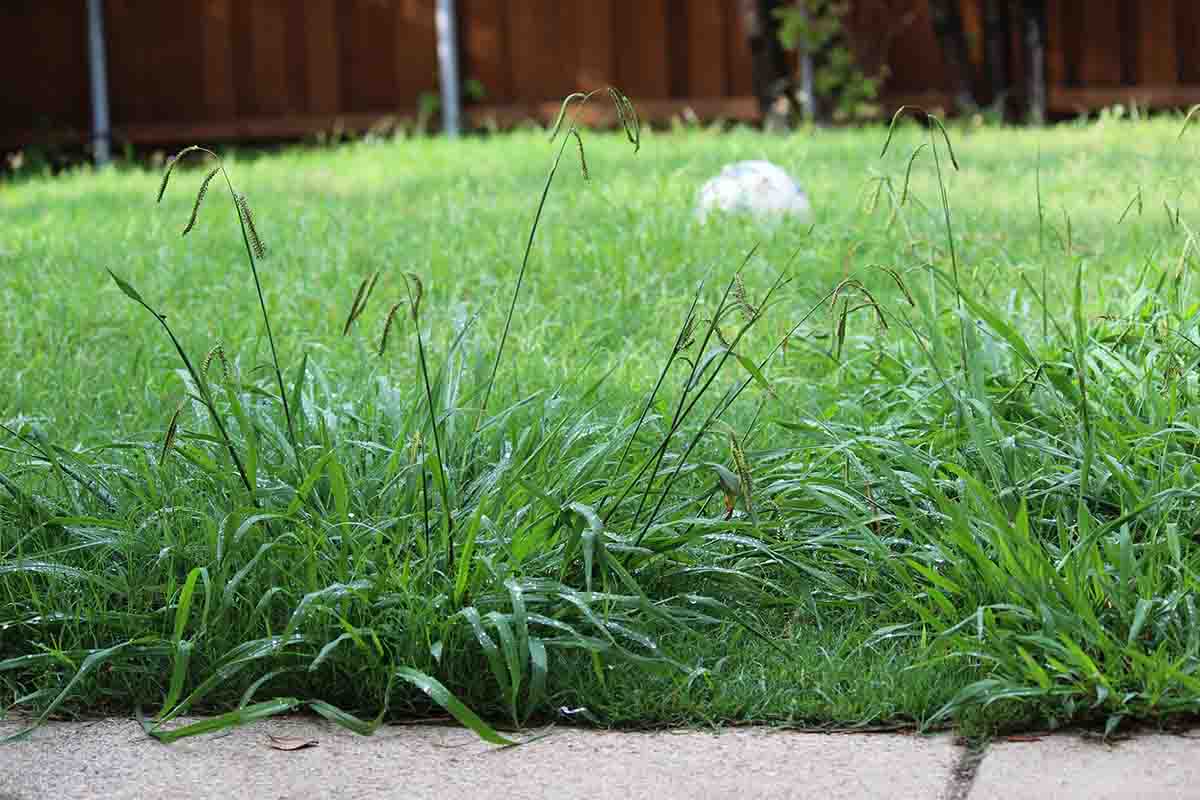
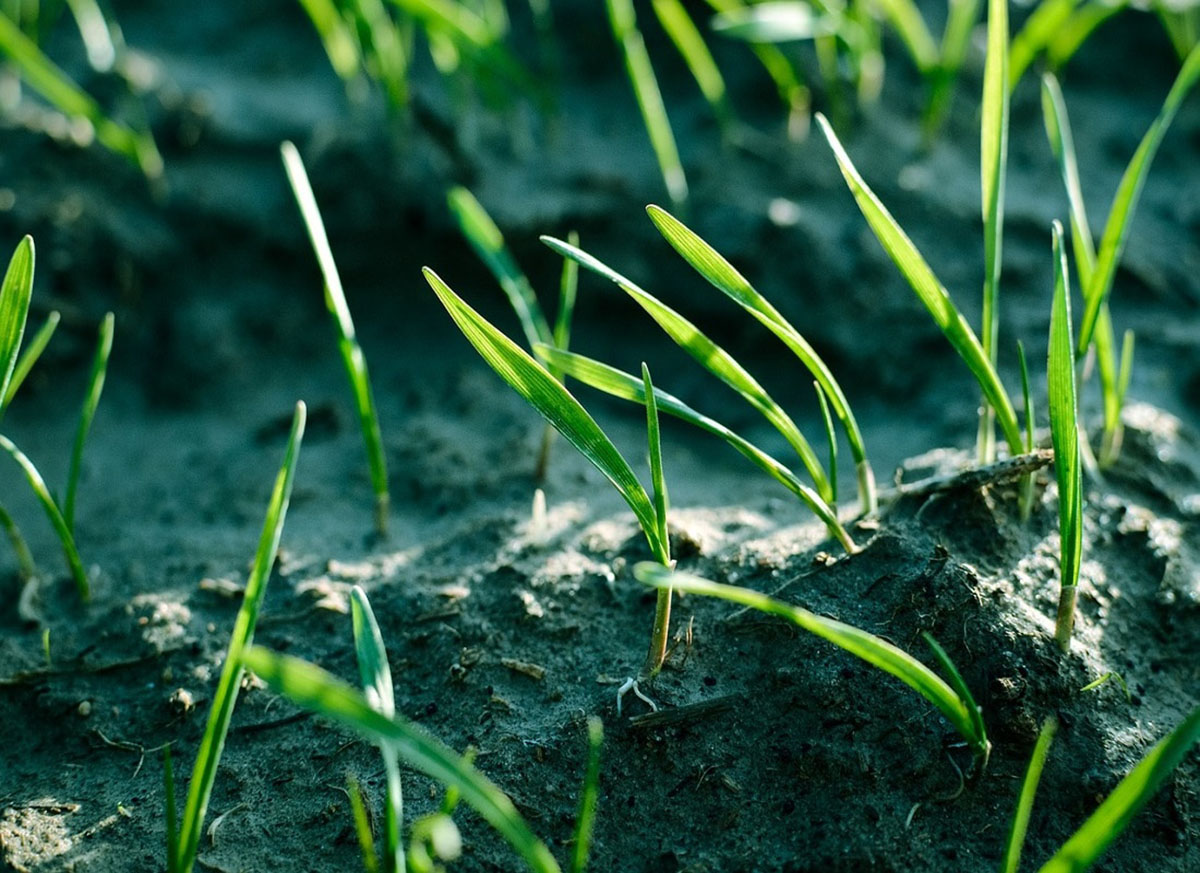
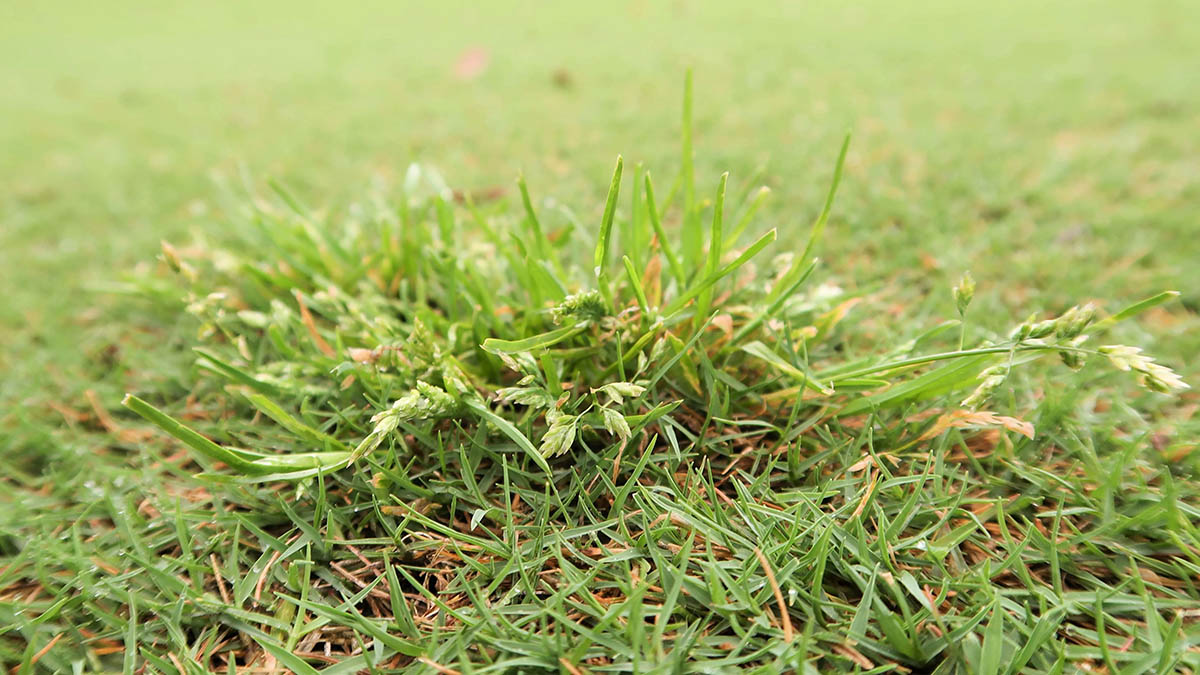
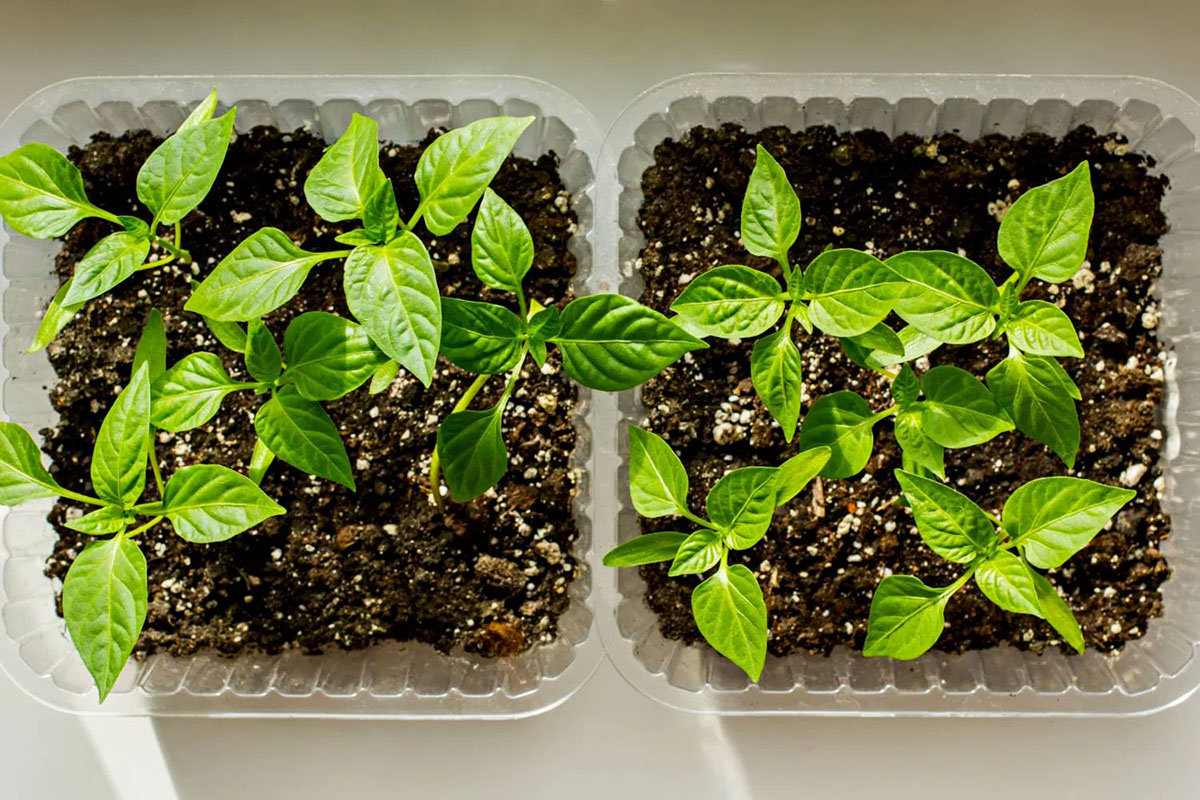
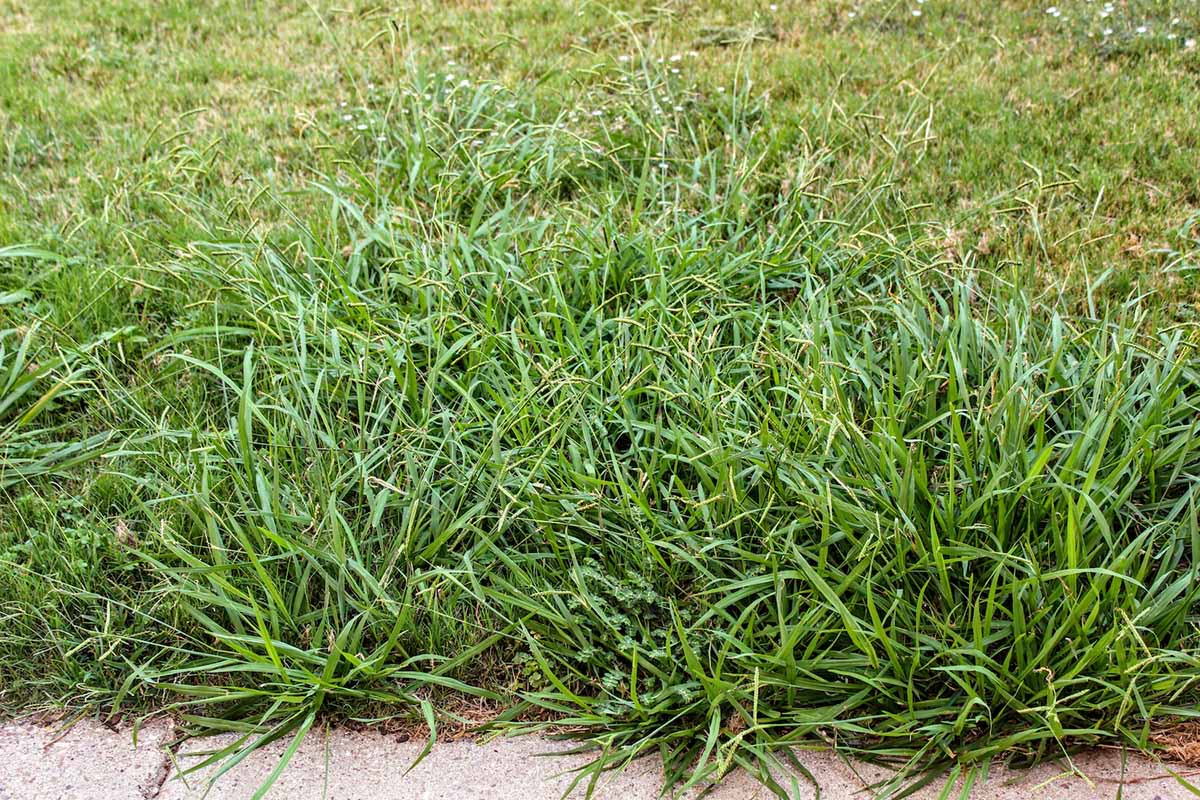
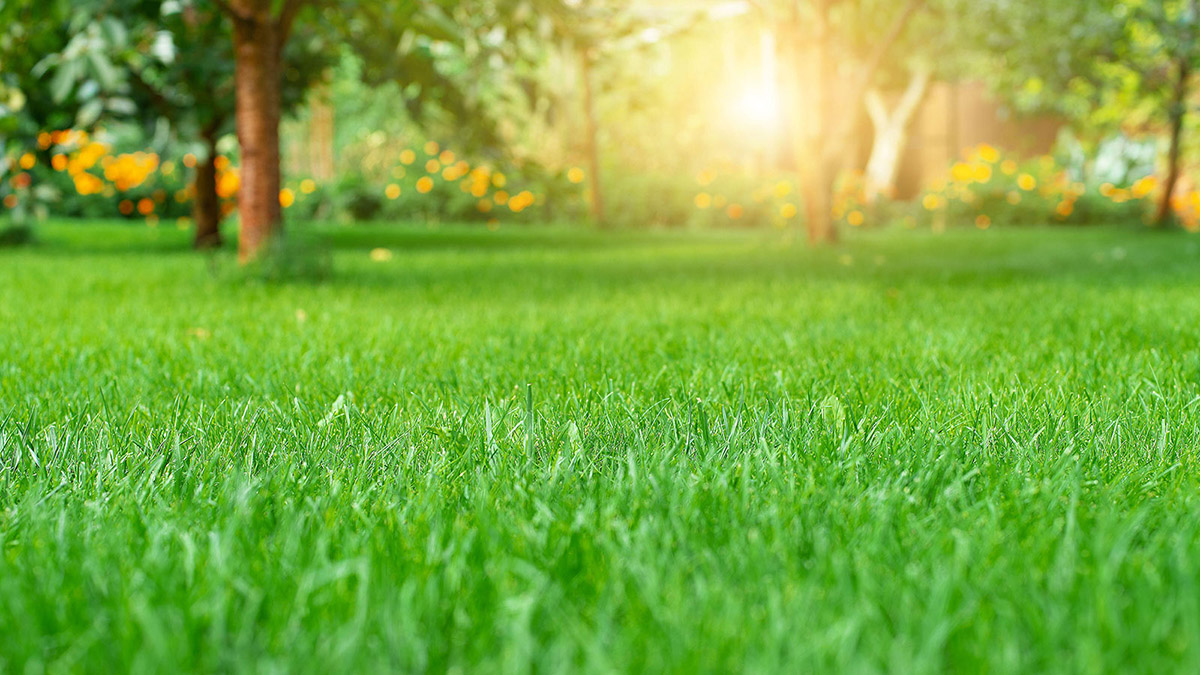
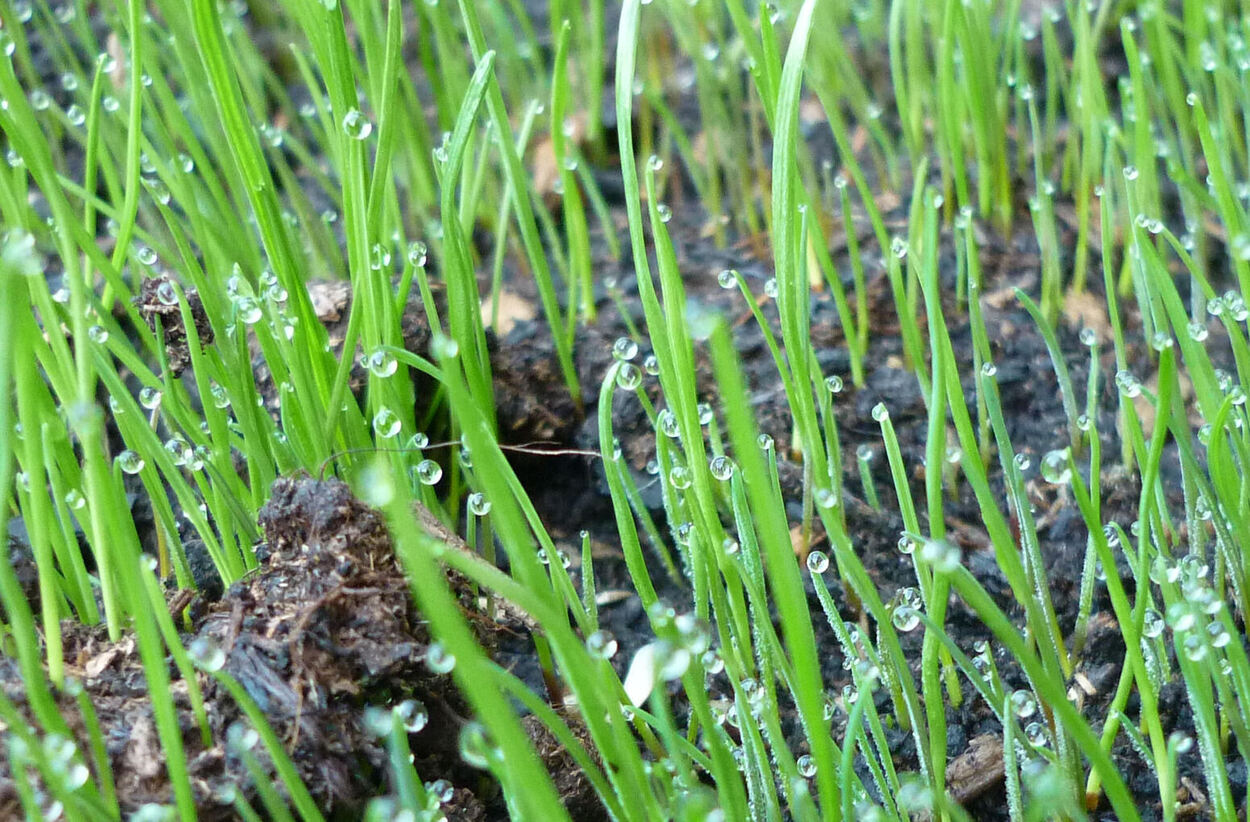

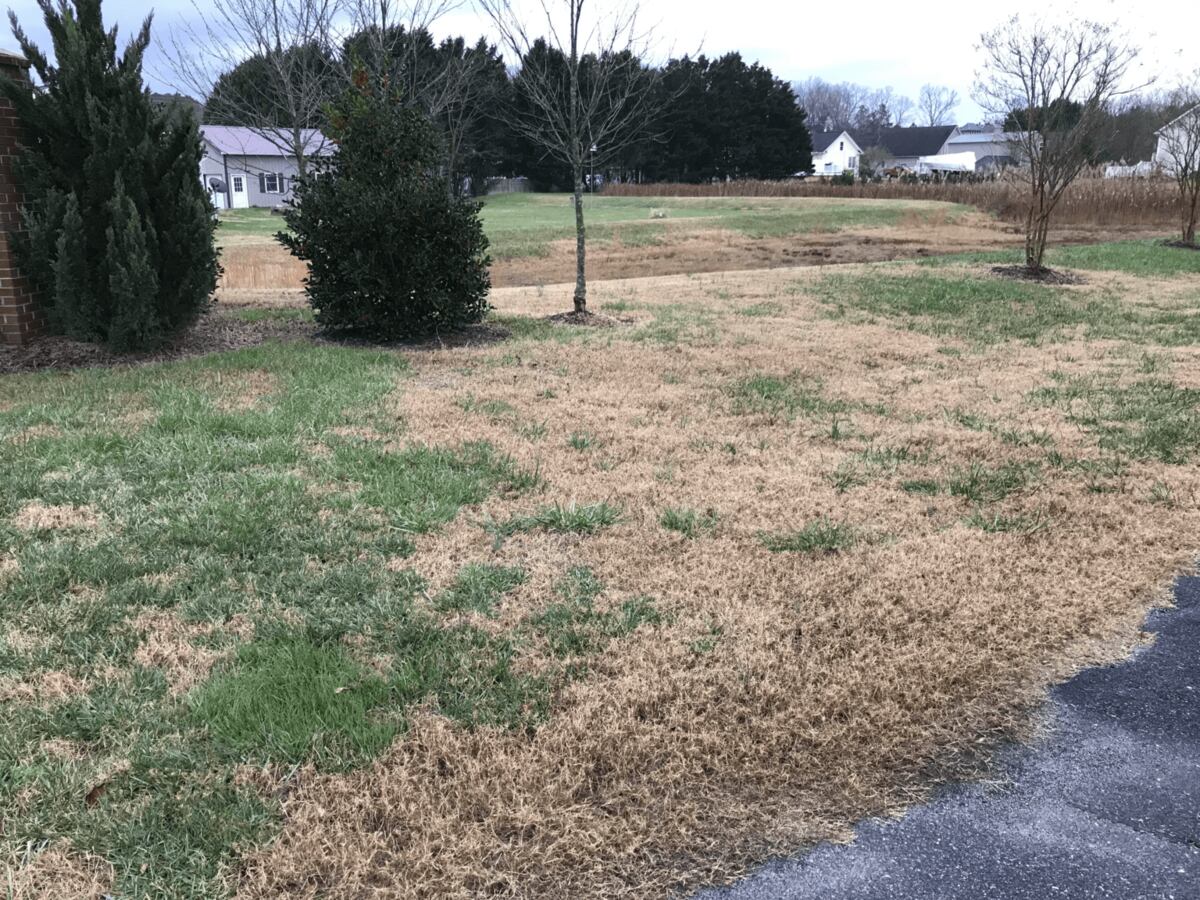
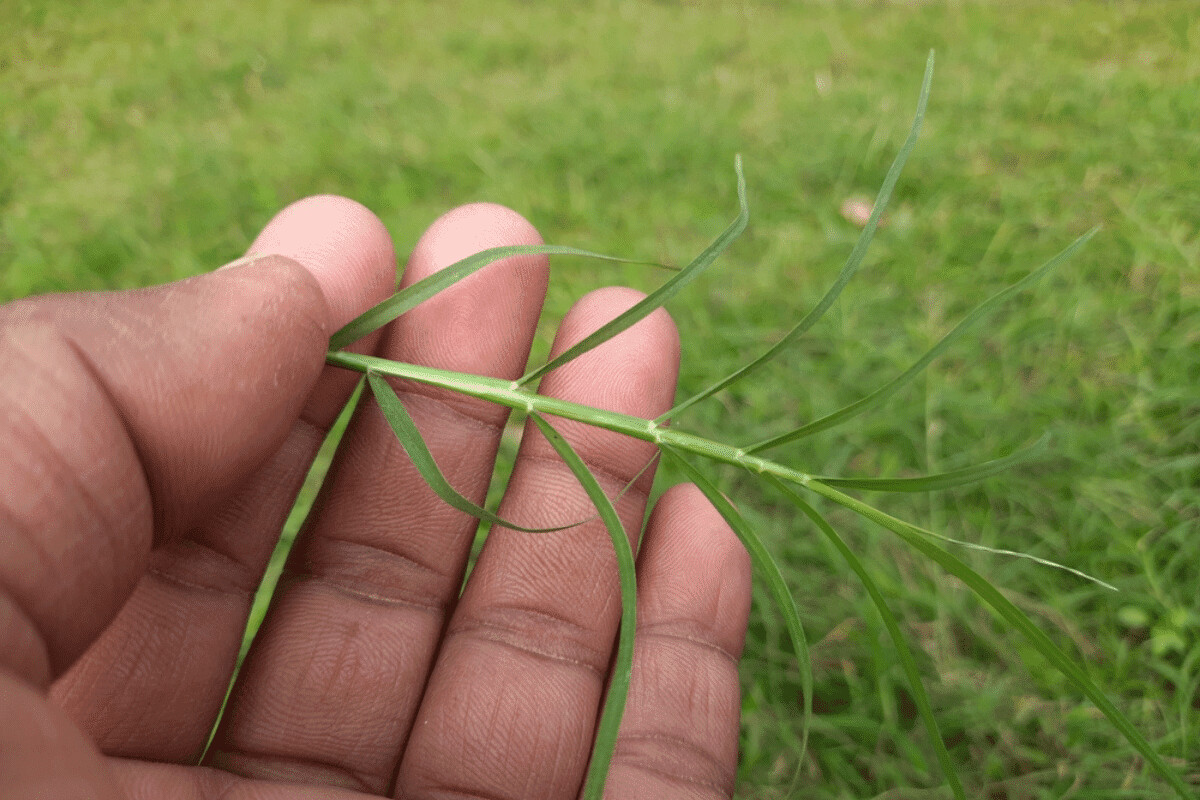
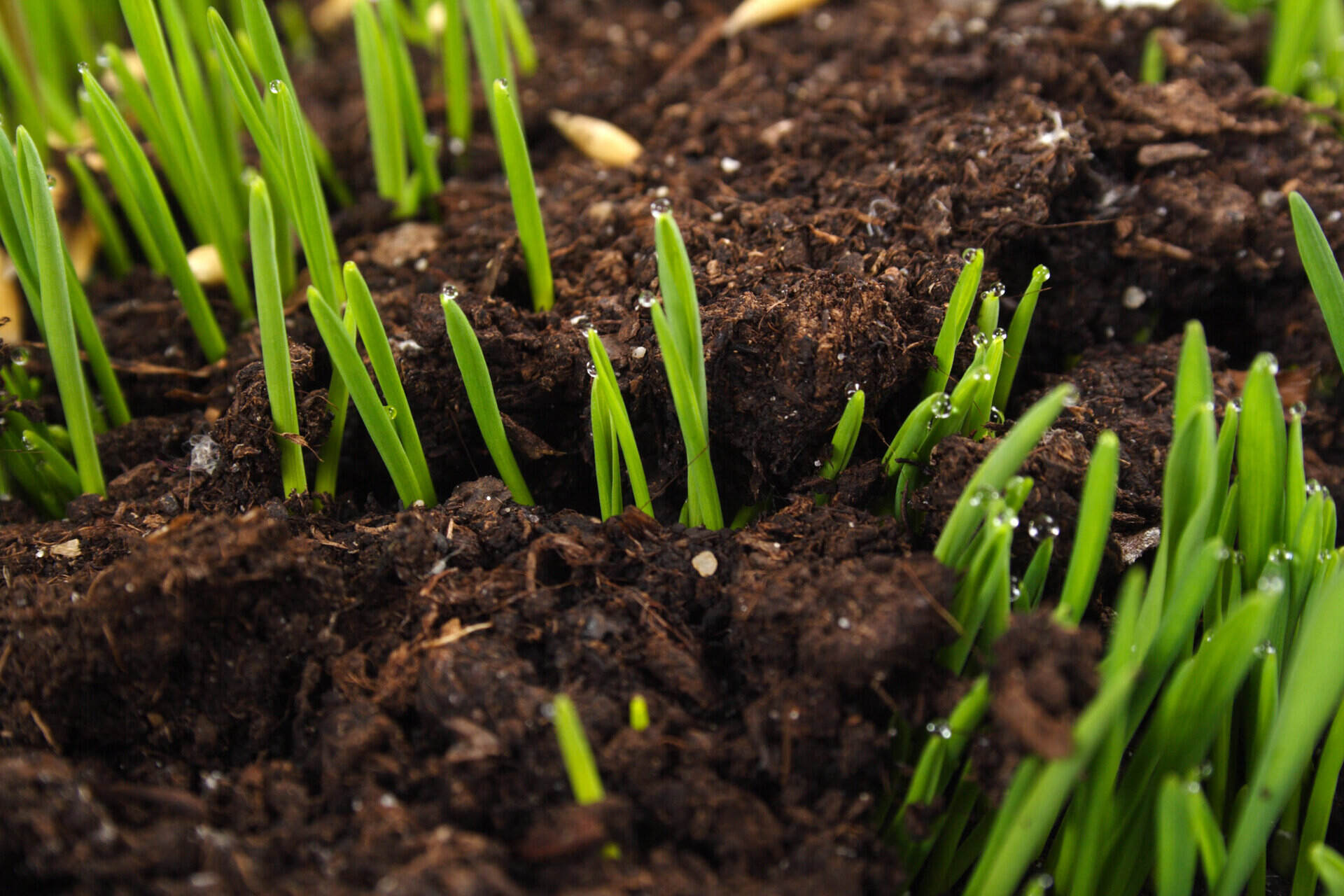
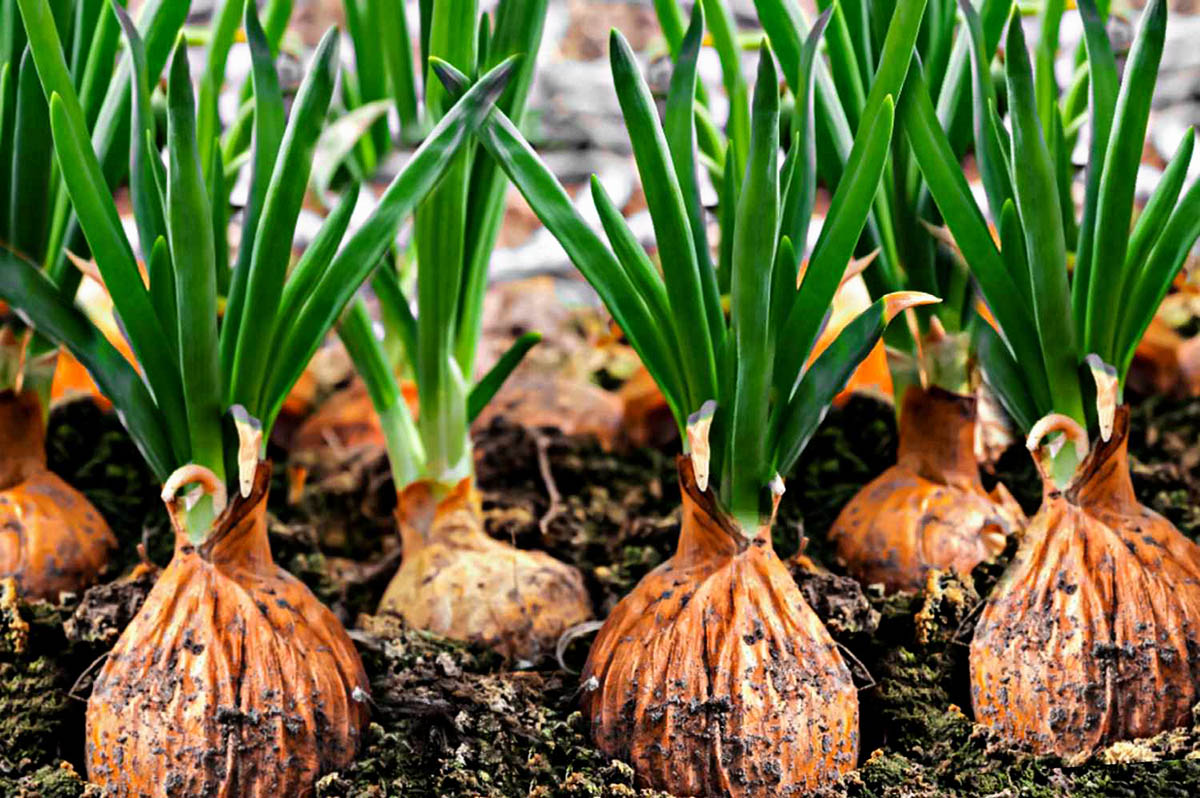
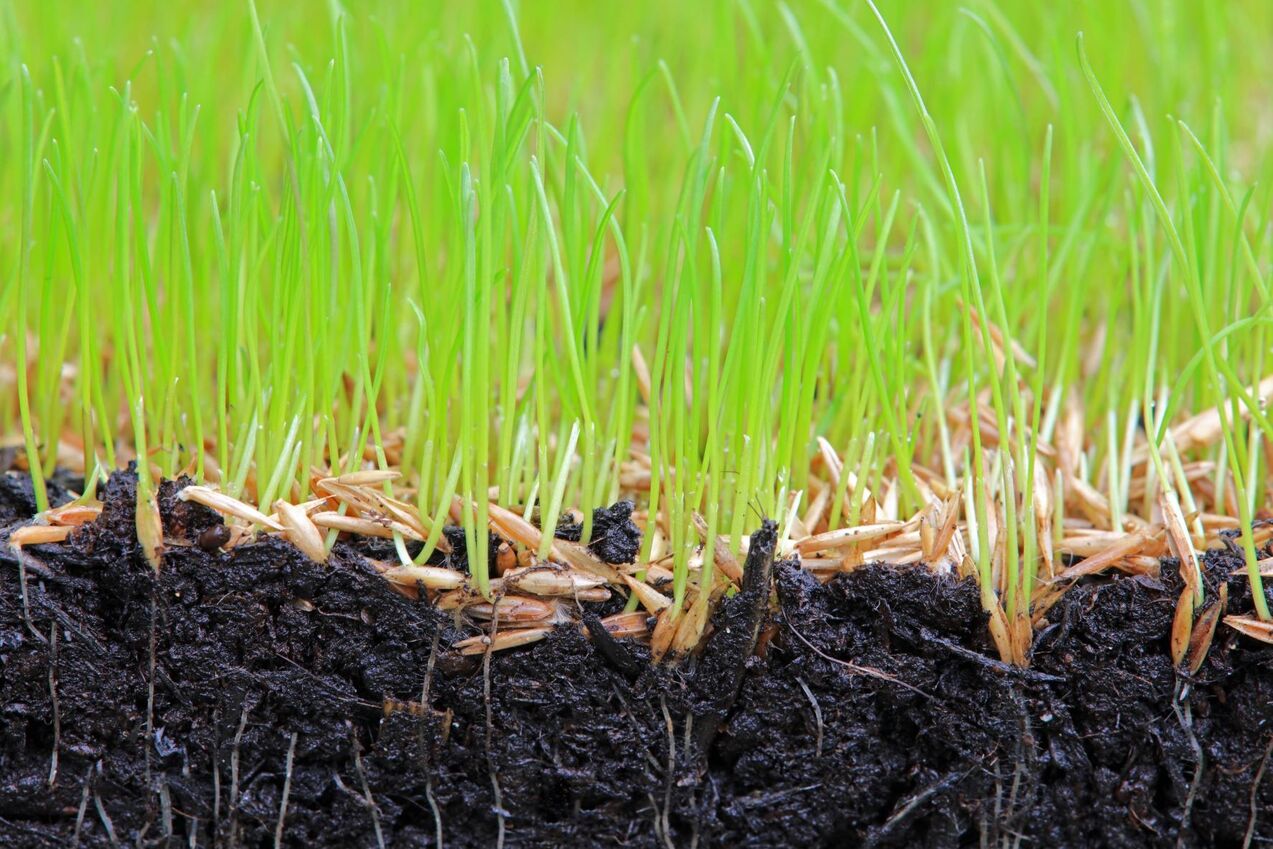
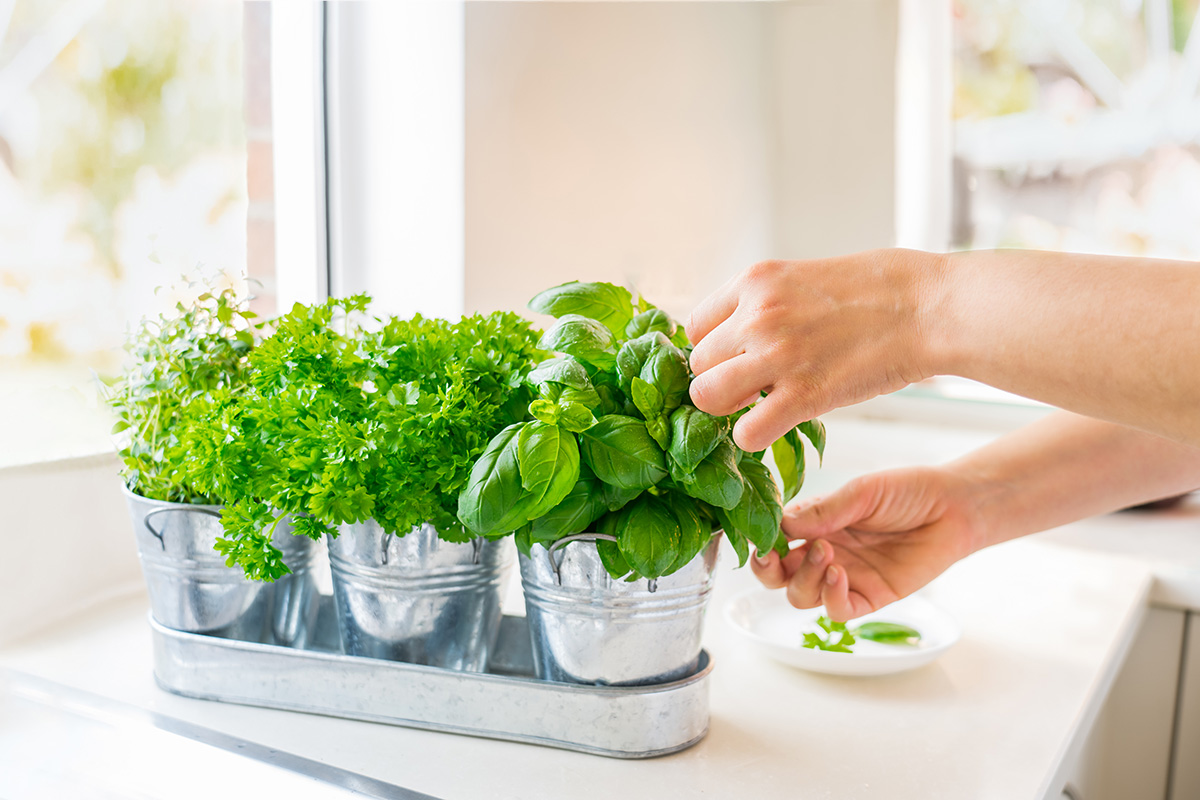

0 thoughts on “What Temperature Does Grass Germinate At?”